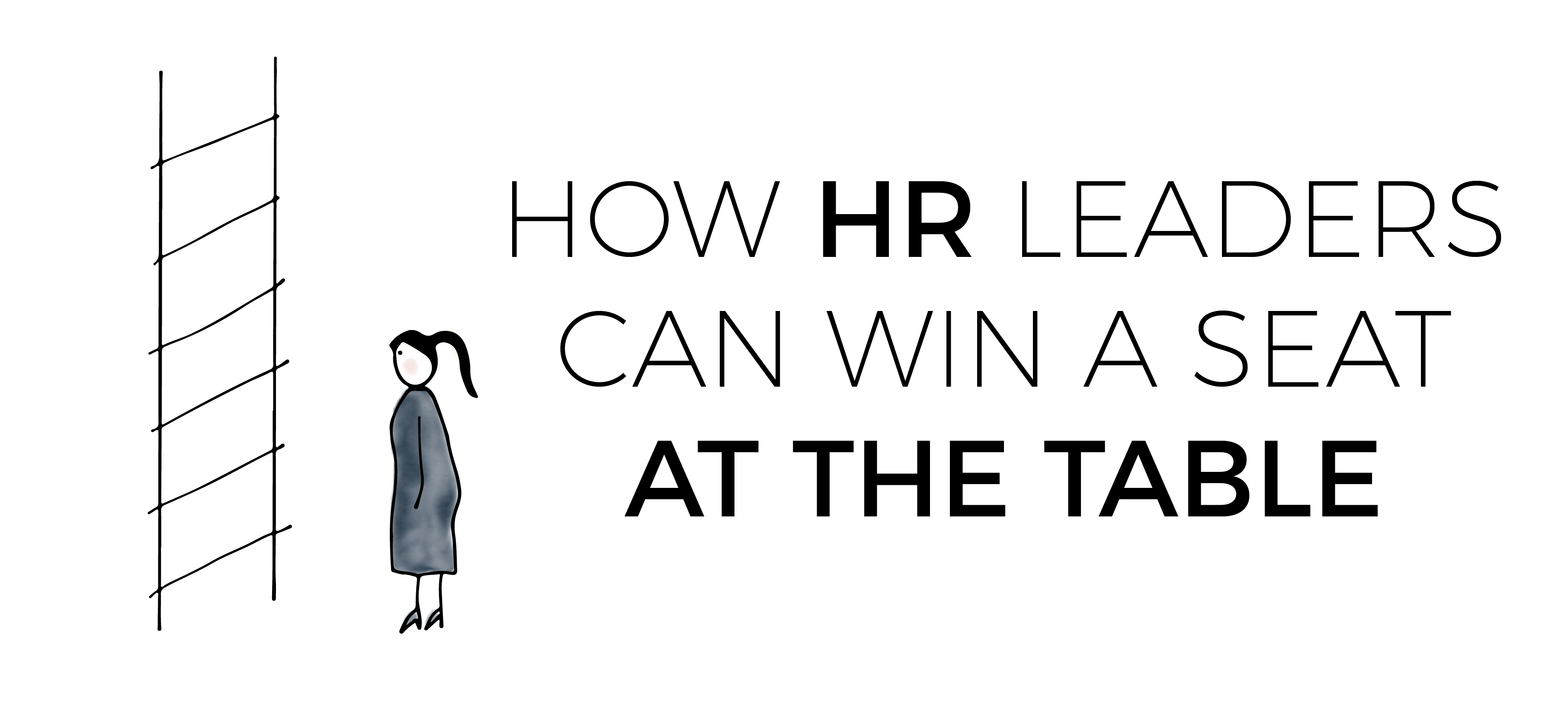How HR Leaders Can Win a Seat at the Table

How HR Leaders Can Win a Seat at the Table
“Our people are our greatest asset.”
These feel-good words have decorated countless company walls, websites and mission statements.
But let’s be real. Most organisations don’t treat their employees like assets.
Think of it this way: An organisation that owns land and buildings ensures those assets are well-maintained – it protects its investments. So, if employees are assets, why are less than one-third of U.S. workers functioning at peak performance efficiency?
Gallup analytics reveal that just 33% of U.S. workers (and 15% of global employees) are engaged at work – meaning they are involved in, enthusiastic about and committed to their job and workplace. When employees are not engaged, performance suffers, and most human resources leaders are not doing what it takes to help their employees reach their fullest performance potential.
HR leaders – especially those who want to assume more participatory roles as strategic business partners and key decision makers – should proactively address this problem like they would any other low-efficiency asset. With the right human capital approach, HR leaders can produce performance results that bolster their credibility and earn them a seat at the table.
Here are four strategies that can help HR leaders maximise their human capital potential and position themselves as prominent organisational leaders.
1. Analyse What Matters
In a data-driven world, it’s easy to get data-greedy – on a never-ending quest for more or different employee data. The truth is that many companies have all the data they need; what they’re missing is the right analyses. To generate meaningful insights that drive performance, HR leaders need analytics that generate discoveries, not bigger data. They need to properly mine and process the human capital data they have.
For example, analyses regarding basic outcomes (such as employee retention) reveal only limited insights (such as factors that help retain employees). But HR leaders who go a step further in their analyses can determine what high performers do differently, where their best employees come from and how to drive exceptional employee behaviors. Powerful discoveries such as these make all the difference because they reveal outcome-driving actions; they help leaders translate raw data into improved operational effectiveness.
2. Stop Viewing Employee Engagement as the Goal
Employee engagement is not the final product; it’s the necessary foundation for building a work environment that includes high productivity and performance. HR leaders should view employee engagement as one component of a holistic strategy for building exceptional workplaces.
This is especially true in today’s fast-paced, tech-driven world with shifting workforce demands. HR leaders need to invest in their people in multiple ways, from prioritising employee well-being to positioning employees based on their innate strengths to adopting leading-edge performance development practices. Leaders who implement a comprehensive, data-driven approach for optimising human capital can attract, engage, develop and manage unstoppable work forces.
3. Own Your Role in Realising a Culture of Engagement
Gallup has been studying organisational culture for decades. We’ve learned that in the world’s highest-performing organisations, HR leaders are the stewards and keepers of the work culture, while executive leaders are the architects who cast the vision for an ideal culture.
It’s on HR leaders’ shoulders to identify which factors foster the desired culture, which successes come from that culture, and how that culture enables organisational objectives and outcomes. Put another way, HR leaders are responsible for transforming words into actions – for inspiring the desired employee behaviours and beliefs. By understanding and owning their pivotal role in creating and sustaining an aspirational culture, HR leaders can promote cultural transformation and stand out in executive leaders’ eyes.
4. Connect HR Initiatives to Customer Initiatives
Optimising employee productivity is only part of the equation for organisational success. HR leaders need to think big-picture, discovering which employee strategies most effectively drive organic growth and prioritising their efforts accordingly. It’s all about aligning employee goals and customer goals, as these critical outcomes predict one another.
For example, celebrating employee successes with frequent recognition can dramatically grow employee engagement. But, when HR leaders take it a step further and celebrate employees who deliver excellence to customers, they encourage customer centricity and demonstrate to senior leaders that they are focused on growing customer outcomes.
HR leaders who aren’t doing something about organisational performance will inevitably stay in supporting roles. But those who look beyond conventional HR agendas and connect employee engagement to customer goals can help leaders tackle burning business problems and emerge as influential strategic advisers.
Author: Ed O’Boyle
Bailey Nelson contributed to the writing of this article.
If you are interesting in learning more about HR Strategy, come along to one of our HR Strategic Positioning Events




